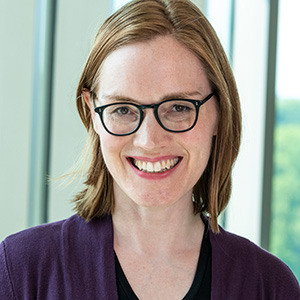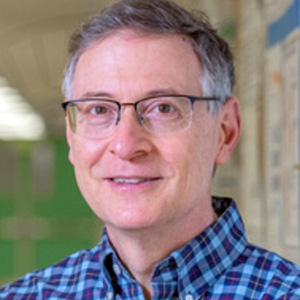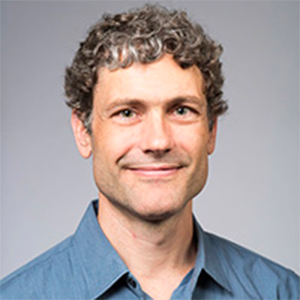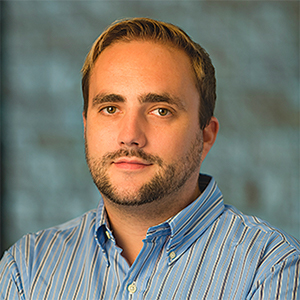July 21–24, 2022 | Kansas City, Mo.
Evolution and Core Processes in Gene Expression
Evolution and core processes in gene expression
July 21–24, 2022 | Stowers Institute for Medical Research, Kansas City, Mo.
The focus of this meeting is to discuss the most recent insights into the cis-regulatory code, how cis-regulatory information is read out by transcription factors, signaling pathways and other proteins, how cellular diversity is created during development and how we can study this problem using cutting-edge genomics technology and computational methods.
We will simultaneously examine the problem from an evolutionary perspective: how cis-regulatory elements evolve, how regulatory variation affects gene expression and phenotypes, how these changes have shaped development and parallel evolution, and how noise affects regulatory circuits and their evolution.
Organizers
Program schedule
Thursday agenda
Badge and program pickup
Welcome and meeting introduction
Session I: Enhancer evolution
Session chair: Julia Zeitlinger
Break
Session II: Mechanisms of regulatory divergence
Session chair: Nick Rohner
Flash talks
Poster session I (odd numbers present)
Friday agenda
Badge and program pickup
Session III: The cis-regulatory code of enhancers
Session chair: Dimple Notani
Break
Session IV: Cis-regulatory code and chromatin
Session chair: Michael White
Flash talks
Grad student and postdoc round tables
Poster session II (even numbers present)
Session V: Enhancer interactions and development decisions
Session chair: Nicolas Gompel
Break
Session VI: Predictive modeling and biophysics
Session chair: Raluca Gordon
Saturday agenda
Badge and program pickup
Session VII: Predictive models and divergence
Session chair: Sara Mostafavi
Break
Session VIII: Causes and consequences of regulatory variation
Session chair: Zeba Wunderlich
Breakout sessions
Session IX: Cell gene regulation
Session chair: Patricia Wittkopp
Break
Session X: Evolutionary divergence and stress
Session chair: Bin He
Breakout session summary presentations
Sunday agenda
Session XI: Evolution of novelty/diversity
Session chair: David Arnosti
Break
Session XII: Rapid evolution
Session chair: Marc Halfon





